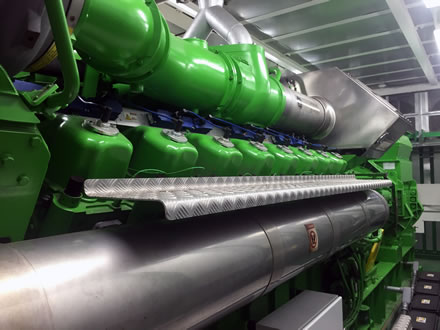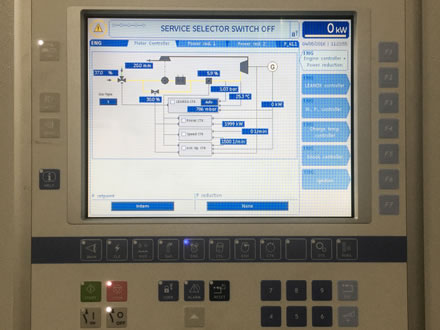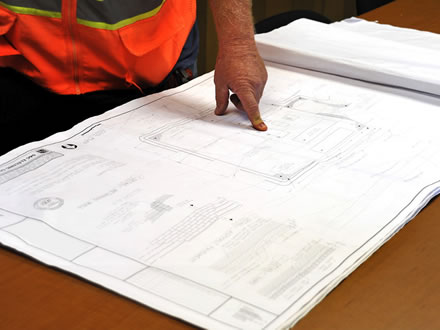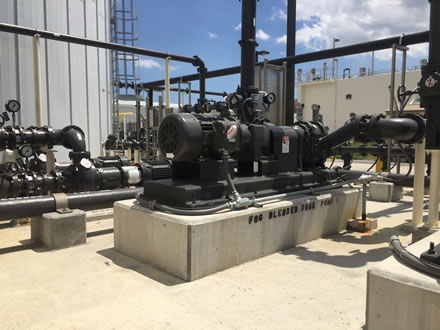ENGIE Services U.S has a new home online with ENGIE North America.
For the latest information about how we're helping to shape the transition to a carbon-netral economy, visit us at our new pages:
Main Header
Site Search

Broward County Water and Wastewater Division
Florida
"This exciting new endeavor is a tangible example of the steps Broward County is taking to help residents save money and ensure our environment for future generations."
Barbara Sharief, Commisioner, Broward County
The Opportunity
Broward County is the second-most populous county in the state of Florida, with approximately 2 million residents. County leaders sought a green, environmentally responsible solution to improve the overall functionality of its wastewater treatment facilities. In 2011, with the goal of lowering its overall energy, operational, and maintenance costs, Broward County began investigating the implementation of FOG receiving and cogeneration system technology to improve its aging facilities. Driven by a passion to reduce its greenhouse gas emissions and carbon footprint, Broward County leaders partnered with ENGIE Services U.S. (ENGIE) on this comprehensive green initiative.The Partnership
Broward County Water and Wastewater Division worked with ENGIE to implement a cogeneration system at the wastewater treatment facilities. Cogeneration, or combined heat and power, is the simultaneous production of electricity and heat from a single fuel source, in this case biogas, which is produced during the anaerobic digestion process at the wastewater treatment plant. As part of the complete cogeneration system, ENGIE installed a methane fueled engine-generator, which produces power from the biogas so that it can be used by the plant to offset power purchased from the local utility, Florida Power & Light. The cogeneration system significantly reduced the treatment plant’s annual energy consumption, possessing the capability to produce up to 1.99 megawatts of power.Broward County also worked with ENGIE to transform common urban waste into additional energy savings, by building a highly efficient system that uses recycled fats, oils and grease (FOG) to create additional methane for generating electricity. Diverting the FOG from the secondary treatment processes reduces the amount of energy required to treat and handle the material. By treating FOG directly in the digesters, biogas production is increased, which enhances the amount of energy that can be offset at the facility.
3 Dimensions of Impact
ENGIE is committed to building three dimensions of impact in every customer’s future:- Supporting People
- Saving Money
- Protecting the Environment
Integrated Program Highlights
Custom-designed solutions and services are critical to achieve Energy Effective™ facilities. To learn more about this integrated program, download the PDF to read the full technical scope.

Biogas Cleaning System

Cogeneration

Controls

Engineering




